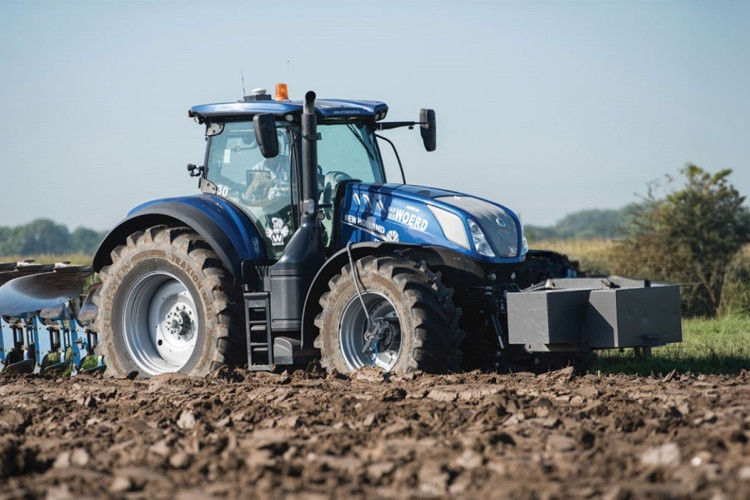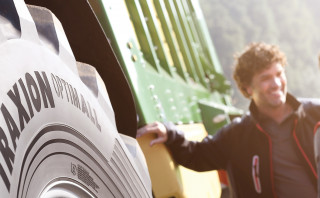VF tyre technology - What is it?
We think old Jethro Tull would be quite taken with the farming methods of modern day. It’s a long time since his seed drill kicked off the Agrarian Revolution and we expect he’d stand in the field and marvel at the array of modern machinery. It’s most likely he’d be a little scared of the size of some of these big metal machines with no horses attached to them though. He may even wince a little at the soil compaction as those big tyres rolled past his furrowed brow (ploughing related pun not intended). Alas, old Jethro wouldn't know about VF Technology. But once explained he would be impressed. Because it’s really rather good, very clever...and can save you money.
A Problem Needing a Solution
Before we explain all about the wonders of VF Technology, it’s worth referencing exactly what the issue is they're solving. Just as there has long been an issue with stock causing soil compaction, leading to a reduced ryegrass DM yield, there is concern of the increasing weight and ‘footprint’ of agricultural machinery and its effect. Put simply, the ground beneath us isn’t simply hard packed soil. It’s a delicate blend of soil and air, with the air being essential for many of the microorganisms that release plant nutrients. Pack it down and you destroy the release of these nutrients as well as decreasing the soil’s ability to hold water. The resulting hard pack also resists root penetration which ultimately restricts the growth and health of the plant above the soil.
The issue is compounded by the limitation of the roading network and indeed the width of farm gates. As machinery is expected to do more and increases in weight, these limitations mean tyres can’t simply get bigger and bigger to compensate and spread the load. This means normal tyres operating within the confines of a width limitation but made with traditional tyre construction have no choice but to exert an increased amount of pressure on the soil underneath. They simply cannot be made wide enough to deal with the loads and spare the soil underneath from compaction.
It’s hard to quantify the issue in NZ$ as there are no stats. We’re not exactly comparing apples with apples here but over in the UK the cost of soil compaction is put at around GBP1 billion per year. It’s thought half of that cost is down to the heavy machinery used (as opposed to cattle, which can also create soil compaction).
Whichever you look at it, heavy machinery use on soft ground is an issue. With feed becoming an issue for different reasons, from droughts in the north to snow cover down south around lambing time, any additional hindrance to plant growth is unwanted. Enter the savvy tyre manufacturers and a bit of a rubber revolution.
VF Tyre Technology
VF Tyre technology is really not that new. It’s been around since about 2003 overseas, although it is a more recent introduction to these shores. This isn’t unusual when it comes to speed of tyre adoption.
The VF in VF Tyres stands for ‘Very High Flexion’ (yeah we know, that does mean it should be VHF but that has already been taken, used and discarded) and gives a pretty good hint as to what the technology does. It essentially means the tyre can flex more. It’s a special compound which means the sidewalls can flex. Or bend. They are very very bendy. To do this VF tyres need extra strong casings. This allows them to flex in the right place, close to the tyre tread rather than the bead, producing a somewhat tell-tale sidewall bulge.
The beauty of this wonderful little bit of flexing is the tyre footprint grows. This effectively spreads the load over a greater area and reduces the possibility of soil compaction. There’s more going on here than just the tyres flexing a little bit though. The construction of VF tyres means you can operate them at much lower tyre pressures than normal.
The rule of thumb for VF tyres is you can maintain the same load at 40% less tyre pressure or maintain the tyre pressure and increase the load by 40%. That’s pretty impressive and means you keep closer to the optimum 1kg per square cm of ground pressure, a recognised point at which the soil disturbance and subsequent crop yield impact is minimal.
That increased footprint has other benefits too. The larger contact area gives you much better traction, which in turn leads to a host of other benefits (aside from not slipping around hillsides and churning up the land). That reduction in slippage boosts efficiency overall, reducing fuel consumption, drivers hours and time spent in the field.
All of this makes VF tyres a pretty easy choice really. We can think of only one potential issue and even that is manageable. Namely, if you’re running them at lowered pressures and going to be doing a lot of time on the roads then you need to make sure you take the time to boost the pressure up a bit before hitting the tarmac. Otherwise, that flexing will lead to a spot of premature wear from overheating. Running a machine with a central tyre inflation system makes light work of this little inconvenience.
You can maintain the same load at 40% less tyre pressure or maintain the tyre pressure and increase the load by 40%.
The Best VF Tyres
There’s not much in the way of drawbacks when it comes to VF tyres. Some might point to a higher initial cost but studies have shown the overall lifetime cost of using VF tyres is less than that of normal tyres. The only problem really is which ones do you choose? We have a couple of options that demand a closer look.
First up is Vredestein with the Traxion Optimall. These have been exhaustively tested by the experts at DLG and posted some outstanding results. Apart from the benefits of the reduced soil compaction (which aren’t calculated in the testing) they showed a lower operating cost when compared to competing tyres. A tyre that causes less damage and costs less overall has to be a good thing. A very good thing.
Our other recommendation would be the Tractor Master from Continental. The German tyre powerhouse never half cooks a tyre so you can be assured these are made to top spec. In particular, they boast something called D Fine Technology. This boosts your comfort on the road by reducing vibrations. It also adds 5% lug surface area for better traction and fuel economy. The Continental tyres also do a good job of minimising the issues associated with the need to pump up VF tyres a bit for road work. That pretty much overcomes the only drawback of VF tyres.
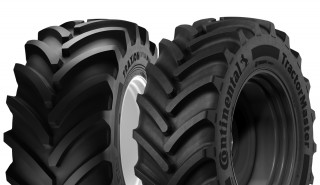
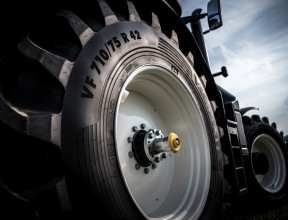
Discover your Very Fine Tyres today.
More tips and articles
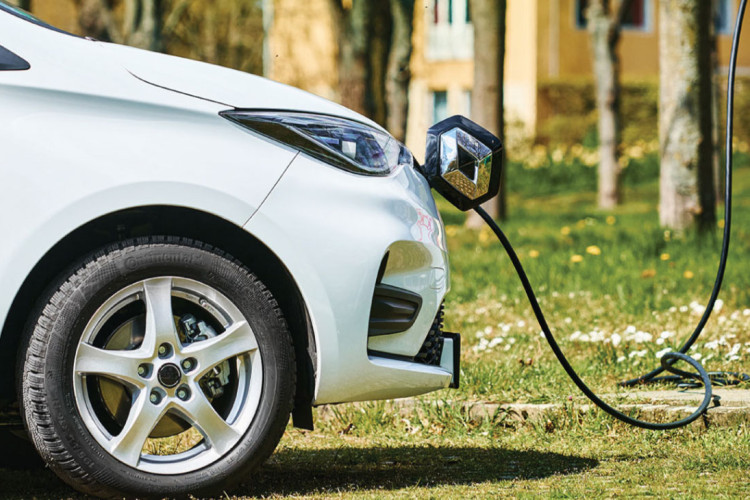
Tyres for Electric Vehicles
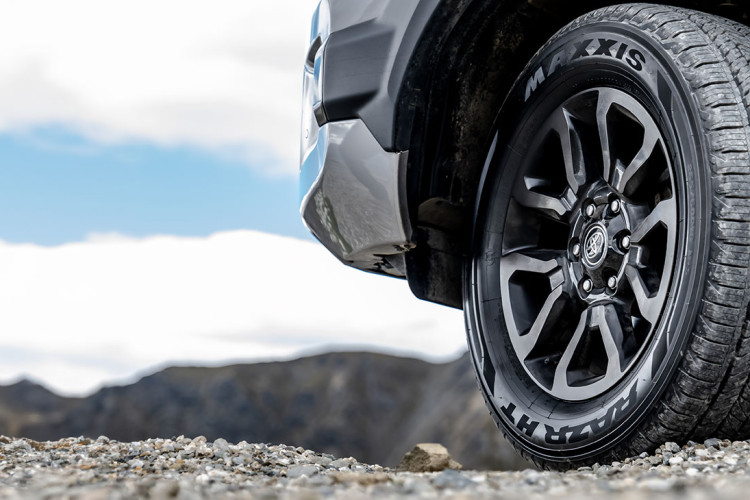
Product Spotlight:
Maxxis HT780 RAZR HT
